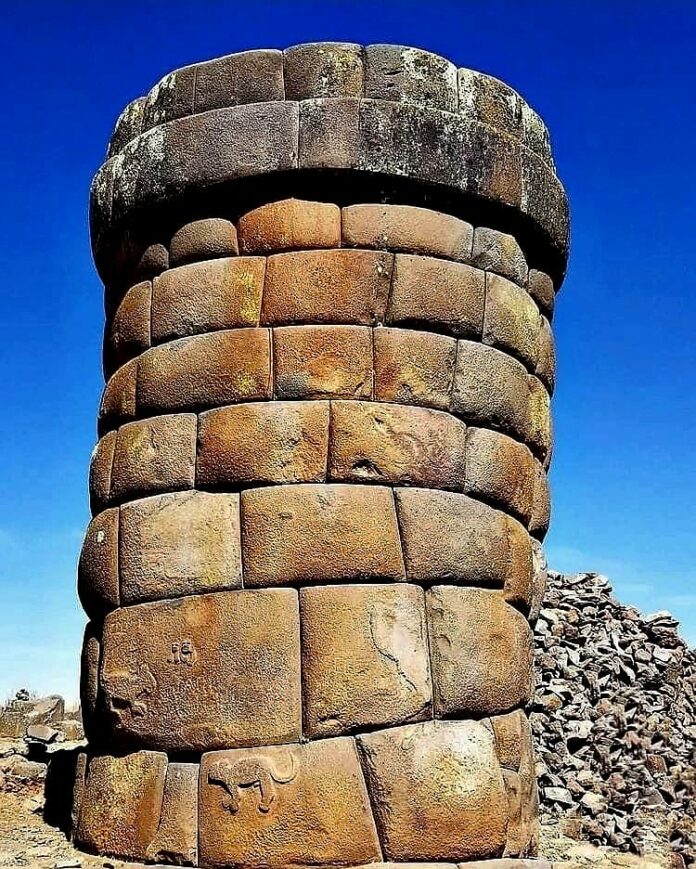Perched in the highlands of Peru, close to the city of Puno, the Chullpas of Cutimbo are monumental remnants that showcase the rich cultural heritage of the Lupacas, Collas, and Incas. These ancient funerary towers, akin to those found at Sillustani, provide a captivating glimpse into the burial customs and architectural expertise of these pre-Columbian civilizations. This article explores the historical importance, architectural wonders, and the enduring mysteries surrounding the Chullpas of Cutimbo.
The Cultural Significance of the Chullpas
The Chullpas of Cutimbo are remarkable demonstrations of the cultural and artistic capabilities of the Lupacas, Collas, and Incas. These towering structures served as tombs, primarily for the elite, but also included smaller tombs for individuals of lower social status. The variety of forms—circular, square, and rectangular—each held unique significance and were often reserved for distinguished figures.
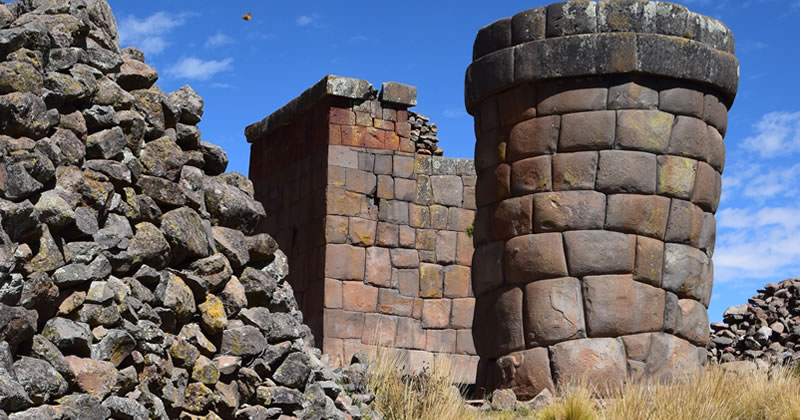
Architectural Characteristics of the Chullpas
Monumental Structures
The Chullpas vary in form and size, with the most prominent being the large, cylindrical towers. These structures were carefully constructed using carved stone material, with each block precisely fitted to the next with minimal use of mud mortar. The precise alignment and craftsmanship indicate a sophisticated understanding of engineering and architecture.
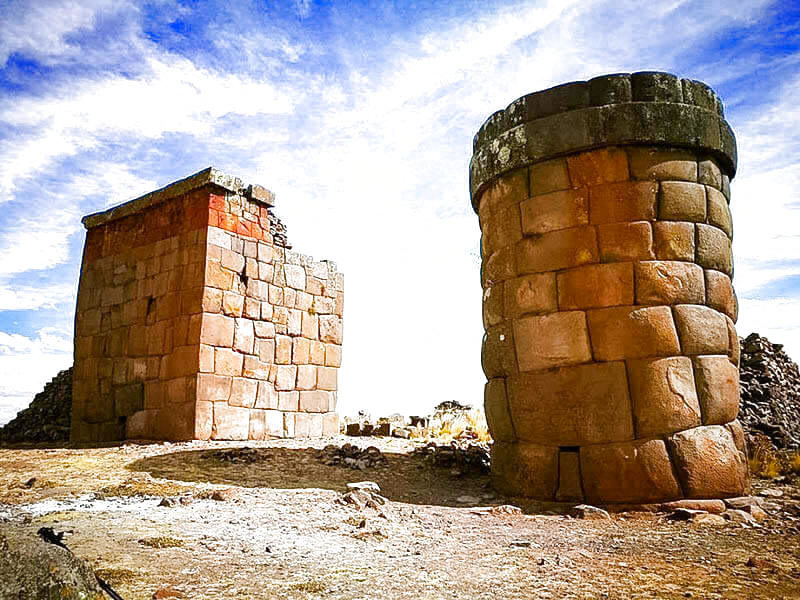
Interior Design
Inside the Chullpas, the mortuary chambers were typically conical, featuring false vaults and trapezoidal niches designed to house mummified remains. These niches likely held offerings placed alongside the deceased, underscoring the ritualistic importance of these burials.
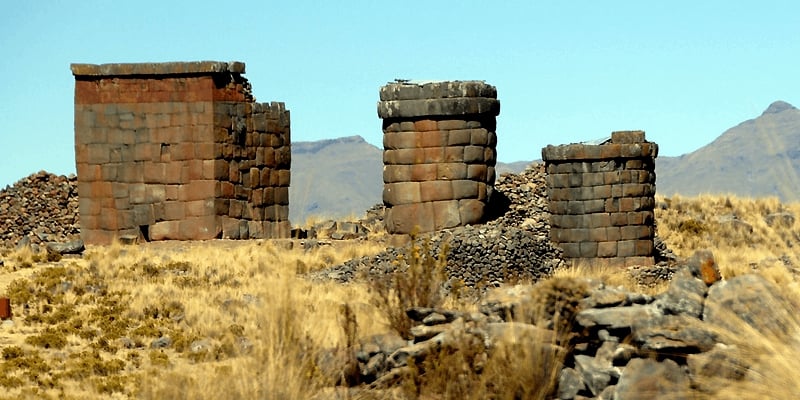
Orientation and Purpose
Each Chullpa featured a single entrance, always oriented towards the east, possibly reflecting a connection to celestial events or spiritual beliefs. The smaller tombs were often used for collective burials, where bodies were interred in a fetal position, wrapped in cloaks, and accompanied by offerings. This practice highlights the reverence and care given to the dead, reflecting complex funerary rituals.
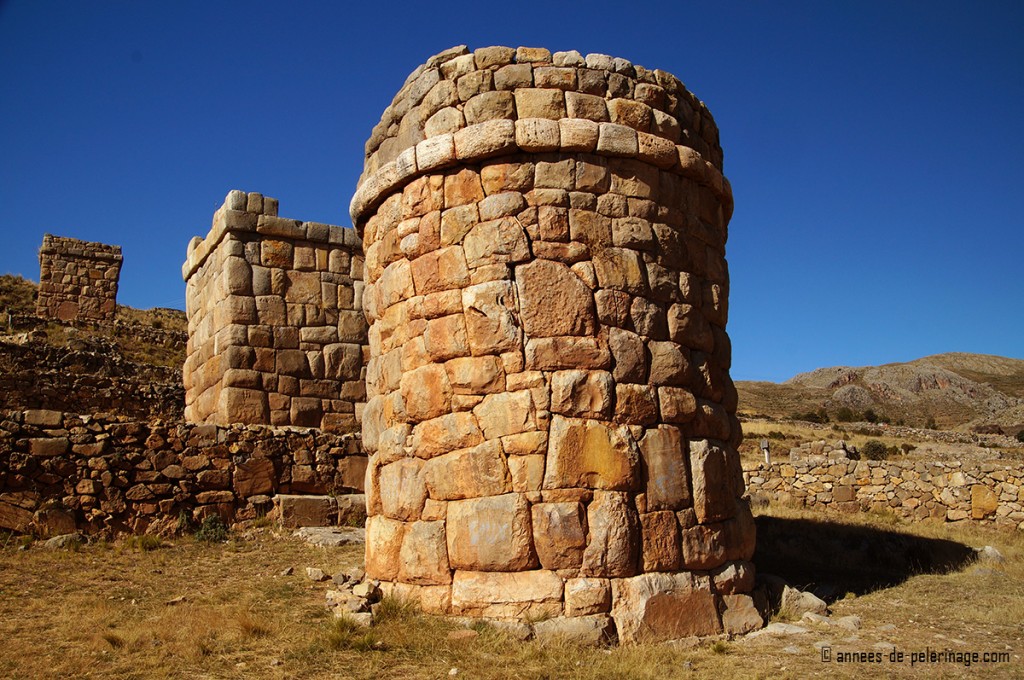
Mysteries and Theories
Despite extensive research, the exact purposes and methods behind these burials remain cloaked in mystery. Some theories suggest these burials were sacrificial, while others propose they were part of elaborate rituals. The presence of cave paintings dating back 8,000 years adds another layer of historical intrigue, indicating the site held significant importance long before the Chullpas were built.
Historical Background
The Cutimbo Archaeological Complex dates back to 1100-1532 AD, a period marked by the rise and fall of powerful Andean civilizations. The site served as a pre-Hispanic cemetery for the Lupaca and Colla peoples, with its structures bearing witness to their advanced construction techniques and cultural practices. The name “Cutimbo” is derived from “qutimpo,” suggesting a sense of return, possibly linked to spiritual beliefs about life and death.
Visiting the Chullpas of Cutimbo
Getting to the Chullpas of Cutimbo requires a short journey from the city of Puno. Visitors can take a bus to Cutimbo Hill, a trip that takes approximately 25 minutes. From there, a half-hour walk leads to the site, offering an opportunity to immerse oneself in the stunning Andean landscape and the historical atmosphere of the Chullpas.
Conclusion
The Chullpas of Cutimbo stand as a remarkable testament to the legacy of ancient Andean cultures, offering invaluable insights into their mortuary practices, architectural brilliance, and spiritual beliefs. As researchers continue to unravel the mysteries of this site, the Chullpas remain a poignant reminder of the rich and complex history of the Lupacas, Collas, and Incas. For visitors and historians alike, Cutimbo provides a profound connection to the past, inviting us to explore and honor the enduring heritage of these ancient peoples.



